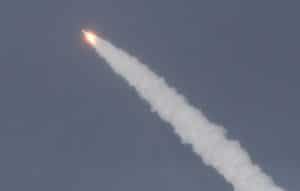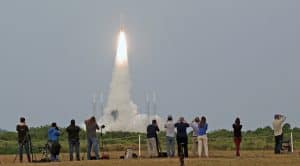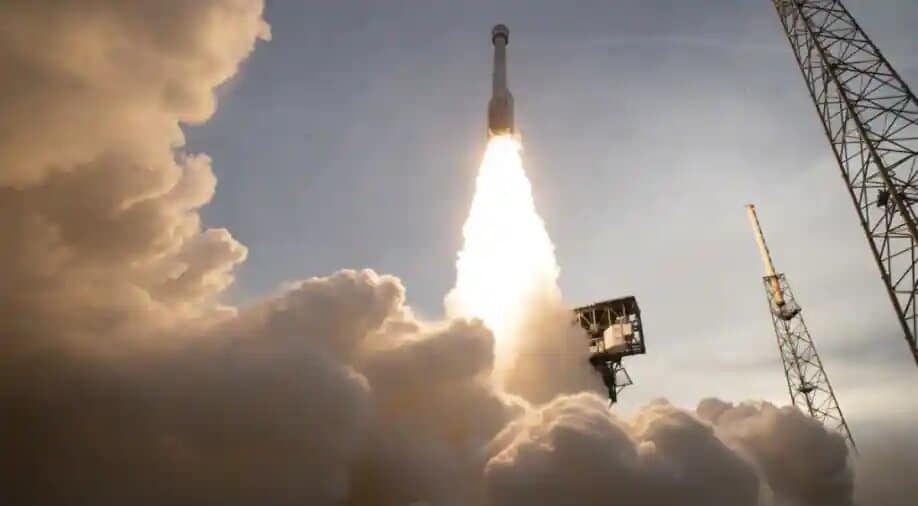
Starliner also encountered some propulsion problems early on in its journey, with two thrusters responsible for placing it in a stable orbit failing, though officials insisted these were non-critical systems.
One of 12 orbital maneuvering and attitude control (OMAC) thrusters located on Starliner’s aft side shut off after one second, at which point a second thruster kicked in and took over, but also cut out after 25 seconds.
The ship’s software then engaged a third thruster that completed the necessary burn.
“That system operated normally during all of the propulsion system demonstrations, and with redundancies in place, does not pose a risk to the rest of the flight test,” a NASA blog post about the issue said.
Starliner’s success is key to re-establishing Boeing’s credibility after its first launch, back in 2019, failed to dock with the ISS due to software bugs one that led to it burning too much fuel to reach its destination, and another that could have destroyed the vehicle during re-entry.
A second try was scheduled in August 2021, but the capsule was rolled back from the launchpad to address sticky valves that weren’t opening as they should and the vessel was eventually sent back to the factory for fixes.
NASA is looking to certify Starliner as a second “taxi” service for its astronauts to the space station a role that Elon Musk’s SpaceX has provided since succeeding in a test mission for its Dragon capsule in 2020.
Seeking redemption
Both companies were awarded fixed-price contracts $4.2 billion to Boeing and $2.6 billion to SpaceX in 2014, shortly after the end of the Space Shuttle program, during a time when the United States was left reliant on Russian Soyuz rockets for rides to the orbital outpost.
Boeing, with its hundred-year history, was considered by many as the sure shot, while then-upstart SpaceX was less proven.

In reality, it was SpaceX that rocketed ahead and recently sent its fourth routine crew to the research platform, while Boeing’s development delays have cost the company hundreds of millions of dollars.
Starliner is delivering more than 800 pounds of cargo to the ISS as part of this mission.
Its sole passenger is a mannequin named Rosie the Rocketeer a play on the World War II campaign icon Rosie the Riveter whose job is to collect flight data with her sensors to learn what human astronauts would experience.
“We are a little jealous of Rosie,” NASA astronaut Mike Fincke, who is expected to be among the first crew selected for a manned demonstration mission later this year should OFT-2 succeed, said at a press conference this week.
The gumdrop-shaped capsule will spend about five days in space, then undock and return to Earth on May 25, using giant parachutes to land in the desert of the western United States.
NASA sees a second provider to low Earth orbit as a vital backup, should SpaceX encounter problems.







